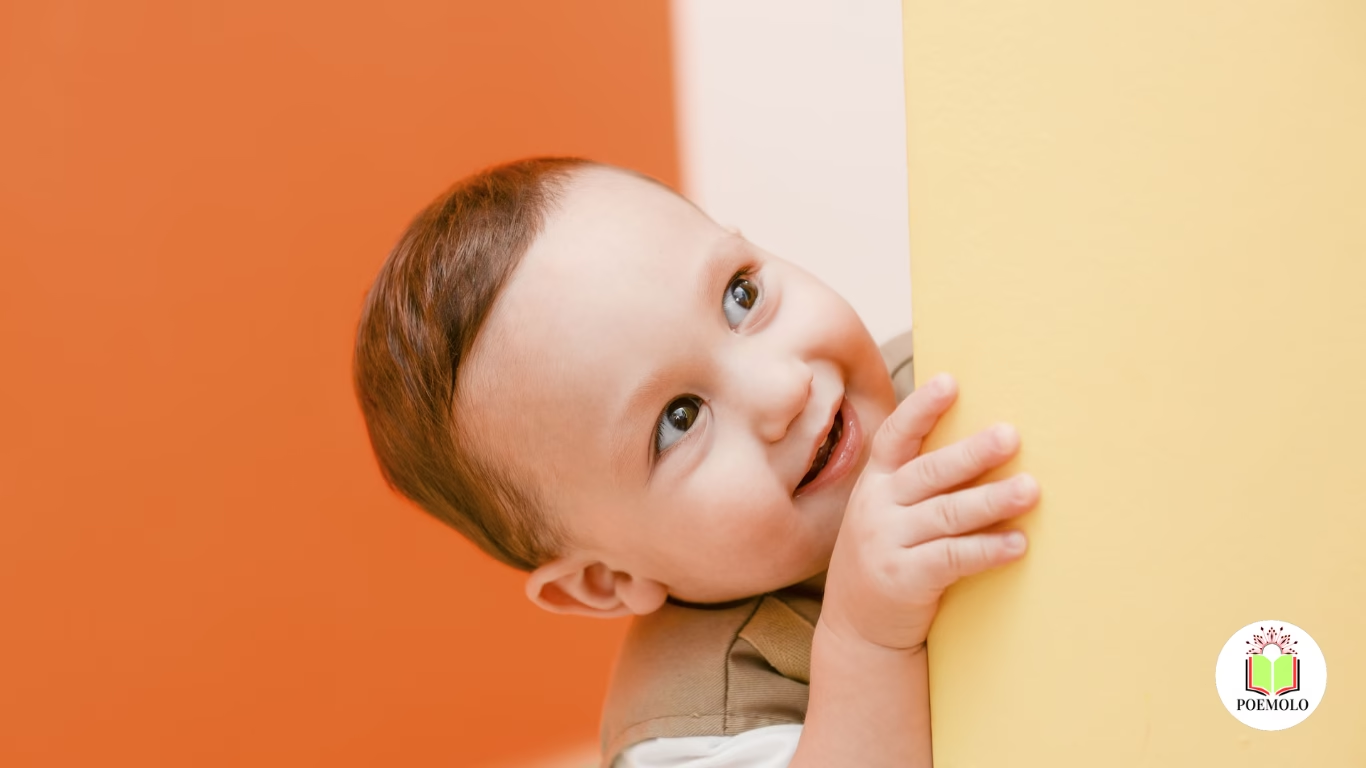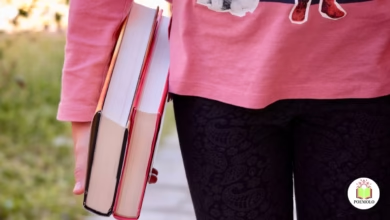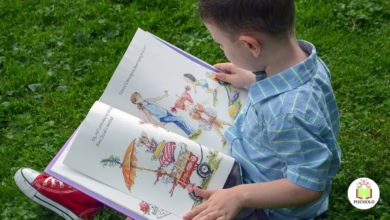Poetry is a wonderful tool for kids to express they, develop language skills, and stretch their imaginations. One of the most powerful tools in poetry is the metaphor. Metaphors help take ordinary objects or concepts and compare them to something else, offering a deeper understanding and a more vivid description.
For children, understanding poems with metaphors can be a fun and engaging way to enhance creativity, language, and comprehension skills.
In this article, we’ll explore poems with metaphors for kids, explain how metaphors work, and share some examples to inspire young readers and budding poets. Whether you’re a teacher, parent, or caregiver, this guide will provide you with the knowledge to help children grasp and enjoy the beauty of metaphors in poetry.
What is a Metaphor?
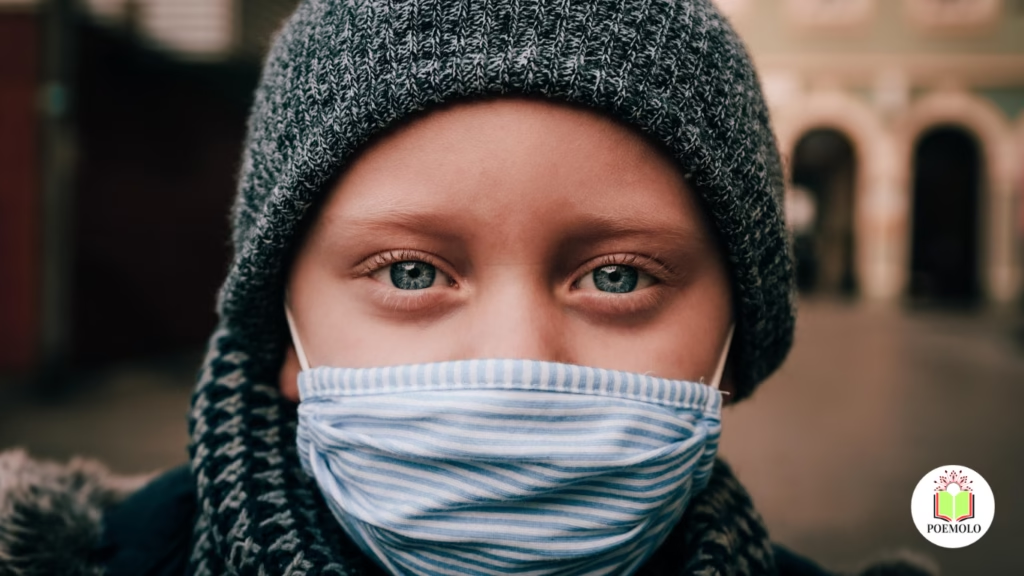
Before diving into poems with metaphor for kids, it’s important to understand what a metaphor is. A metaphor is a figure of speech that describes an object or action by comparing it to something else, without using the words “like” or “as” (which would make it a simile). It’s a way of making writing more imaginative and expressive.
For example, in the sentence “The classroom was a zoo,” the metaphor suggests that the classroom was loud, busy, and full of activity, much like a zoo, without saying it directly.
Metaphors don’t just make the meaning clearer; they also add richness and depth to the text. Through metaphors for kids, children can learn to see beyond the literal meaning of words and embrace a world of creativity.
Understanding metaphors for kids is essential because it allows them to see the world in a more creative and abstract way, helping them connects words to real-world images and emotions. This fosters a deep understanding of language, emotions, and imagery that will benefit kids in all aspects of life.
Why Use Metaphors in Poems for Kids?
Metaphors are more than just literary tools—they’re windows into creativity. Here are a few reasons why metaphors in poems for kids are beneficial:
- Enhance Imagination: Metaphors allow kids to think outside the box, helping them visualize new ideas and concepts. They make the ordinary seem extraordinary, which fosters creativity.
- Improve Language Skills: By reading and writing poems with metaphors, kids learn to think critically about words and how they can be used in new ways. This builds both vocabulary and comprehension skills. The use of metaphors helps children understand complex ideas in a simplified, yet imaginative way.
- Engage Emotions: Metaphors can stir emotions and paint vivid pictures in the mind. Kids will feel more connected to the content of a poem when they understand the metaphor and how it applies to their experiences. This emotional engagement helps with empathy, as kids are better able to see the world from others’ perspectives.
- Spark Curiosity: By introducing metaphors early, kids will be curious about how language works and more eager to explore figurative speech in other forms of writing, like stories or songs. This curiosity encourages a lifelong love of reading and writing.
- Develop Critical Thinking Skills: The use of metaphors challenges kids to think more deeply. Rather than simply accepting things at face value, children must infer meaning, ask questions, and make connections to fully understand the poem’s message.
Examples of Poems with Metaphors for Kids
Let’s dive into some fun and simple poems with metaphors for kids. These examples showcase how metaphors can be used to create colorful and imaginative poetry.
1. The Sky is a Giant Blanket
The sky is a giant blanket,
Covering the earth below,
With stars as tiny buttons,
That twinkle and gently glow.
Clouds drift like soft pillows,
As the sun tucks them away,
And when the night arrives,
The blanket is there to stay.
Metaphor Explanation: In this poem, the sky is compared to a “giant blanket,” and the stars are “buttons.” This metaphor helps kids visualize the sky as something protective and cozy, much like a blanket.
2. The River is a Mirror
The river is a mirror,
Reflecting the sky so blue,
The trees, the birds, the mountains,
It shows them all in view.
The fish swim in the mirror,
Dancing to a silent tune,
The river whispers secrets,
Underneath the silver moon.
Metaphor Explanation: In this poem, the river is compared to a “mirror.” The metaphor helps readers picture how the water reflects everything around it, like a mirror reflects images.
3. The Tree is a Tower
The tree is a tower,
Reaching up to the sky,
Its branches are the windows,
Where the birds fly by.
The roots are like anchors,
Holding the tree in place,
While the leaves wave hello,
With a fluttering embrace.
Metaphor Explanation: In this poem, the tree is compared to a “tower.” This metaphor suggests that the tree stands tall and strong, with its branches as windows and its roots as anchors, which creates a vivid image of the tree’s stature.
4. The Moon is a Lantern
The moon is a lantern,
Shining in the night,
Guiding all the dreamers,
With its soft, silver light.
It hangs up in the heavens,
A beacon in the dark,
A glowing little lantern,
That leaves behind a spark.
Metaphor Explanation: The moon is compared to a “lantern” in this poem, suggesting that it illuminates the night sky in the same way a lantern lights the way in the dark.
5. The Sun is a Fireball
The sun is a fireball,
Warming up the day,
Spreading light across the world,
As it rises on its way.
It dances in the heavens,
With a golden, fiery glow,
And as it sets in the evening,
The night begins to show.
Metaphor Explanation: In this poem, the sun is compared to a “fireball,” highlighting its warmth and brightness, making the reader visualize its power and energy. The metaphor enhances the feeling of the sun’s fiery presence.
How to Introduce Metaphors to Kids through Poetry
Introducing metaphors in poems for kids doesn’t have to be a difficult task. Here are some fun and effective ways to help children understand and appreciate metaphors:
- Start with Simple Metaphors: Begin with straightforward metaphors that relate to things kids know and understand. For instance, compare a dog to a “furry friend” or the sun to a “golden ball in the sky.”
- Use Illustrations: Kids often understand visual representations better than abstract concepts. Pairing metaphors in poems for kids with illustrations can make the metaphor more accessible and engaging.
- Read Poems Aloud: Poetry is meant to be heard! Read metaphors aloud to help kids hear the rhythm and emotion behind the words. Discuss the metaphors afterward, asking questions like, “What does the poet mean when they say the sky is a giant blanket?”
- Create Your Own Poems: Encourage kids to write their own poems using metaphors. Start by picking a familiar object or subject and brainstorm ways to describe it metaphorically. For example, a pet cat might be described as a “soft cloud that purrs.”
- Use Everyday Metaphors: Bring metaphors into daily conversations. For example, when describing a busy day, you could say, “It was a roller coaster of emotions!” This helps kids understand how metaphors are used in real life.
- Explore Different Types of Metaphors: Introduce various types of metaphors to keep the learning fresh. For instance, a symbolic metaphor (where one thing represents another), a dead metaphor (one that is so common, it has lost its figurative power, like “the arm of a chair”), and mixed metaphors (combining two metaphors in an unusual way) can all be fun to explore.
Fun Activities to Help Kids Learn Metaphors
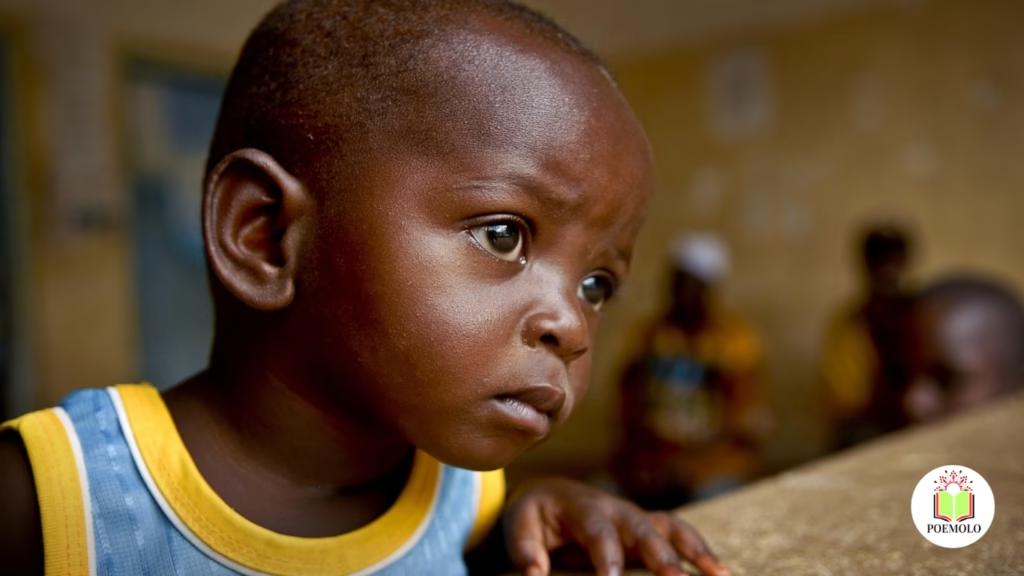
To make the learning process even more fun, here are some creative activities to reinforce poems with metaphors for kids:
1. Metaphor Matching Game
Create cards with different objects (like animals, nature, or everyday items) and cards with metaphors. Have kids match the object to the metaphor. For example, “The tree is a giant umbrella” could be matched with a picture of a tree.
2. Metaphor Drawing Challenge
Have kids choose a metaphor and then draw a picture that represents it. For example, if they choose “The moon is a lantern,” they can draw the moon as a lantern shining down on the earth.
3. Write a Metaphor Poem
Ask kids to write their own short poems using metaphors. Give them a list of objects (like flowers, the sun, or clouds) and encourage them to describe these things using metaphors. Share their poems with the group to inspire others.
4. Metaphor Word Wall
Create a word wall in the classroom with common metaphors. As kids read and discover new metaphors, they can add them to the wall for everyone to see. This makes metaphors feel more like a fun treasure hunt!
5. Metaphor in Nature Walks
Take children on a walk outdoors and ask them to come up with metaphors for the things they see around them. For example, “The leaves are a blanket for the forest floor,” or “The mountains are giants watching over the land.”
6. Metaphor Scavenger Hunt
Set up a scavenger hunt where kids look for everyday objects and come up with metaphors to describe them. For instance, “The pencil is a lightning bolt of creativity,” or “The chair is a throne for a king.”
The Benefits of Teaching Metaphors to Kids
Teaching children to recognize and use metaphors offers a multitude of benefits. Here’s why introducing poems with metaphors for kids is a powerful educational tool:
- Critical Thinking: Metaphors promote deeper thinking, requiring children to move beyond surface-level understanding. This enhances their critical thinking abilities, which are essential for problem-solving in academic and real-life situations.
- Enhanced Emotional Expression: Metaphors provide a way for kids to express emotions and experiences in more vivid, imaginative ways. They can describe their feelings using metaphors that might be easier to understand than just plain words.
- Storytelling Skills: As kids learn how to use metaphors, they’ll also improve their storytelling skills. Metaphors make stories more interesting and immersive, encouraging kids to become more confident storytellers.
- Memory Enhancement: Metaphors can help with memory retention. By relating abstract ideas to concrete objects, children are more likely to remember the information associated with the metaphor.
- Cultural Understanding: Metaphors often reflect the culture in which they are used. Teaching kids about metaphors can expose them to different perspectives and ideas from around the world.
Conclusion
Poems with metaphors for kids are a delightful way to introduce children to the power of language and help them think creatively. Metaphors help children understand complex ideas by comparing them to things they already know.
Whether you are a parent, teacher, or caregiver, these poems can be a valuable resource for enhancing language development, fostering creativity, and sparking a love for poetry in children.
By encouraging kids to explore poems with metaphors and create their own, you provide them with the tools to not only appreciate poetry but also communicate more effectively and imaginatively in their everyday lives. So go ahead, dive into the world of metaphorical poetry, and watch your child’s creativity blossom!
